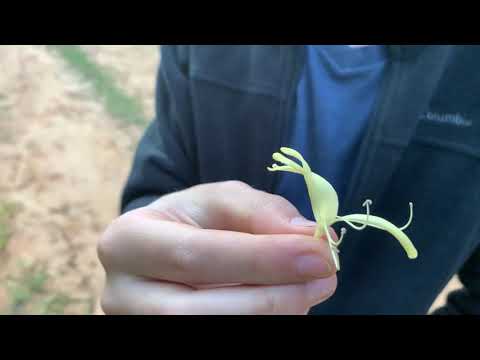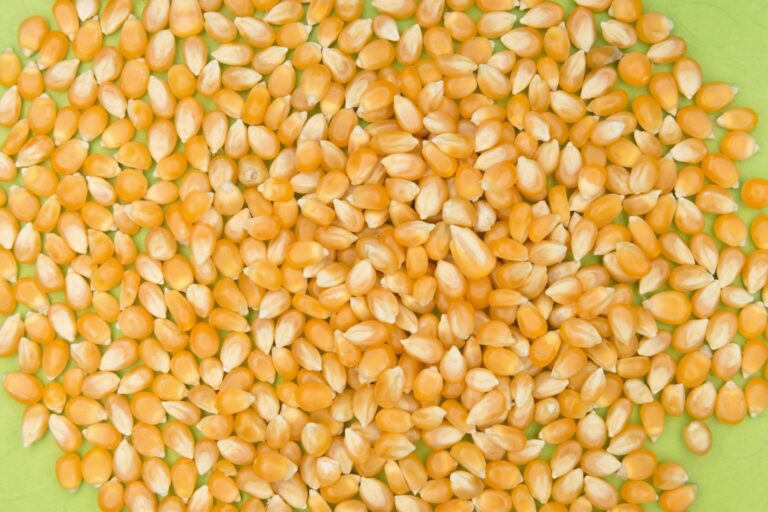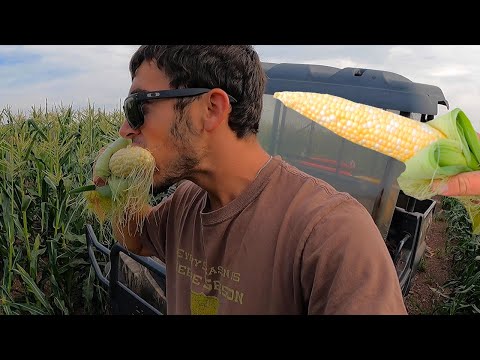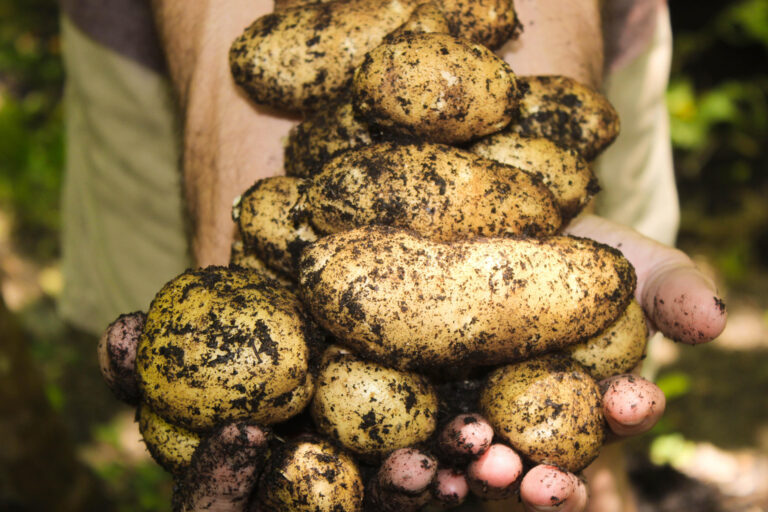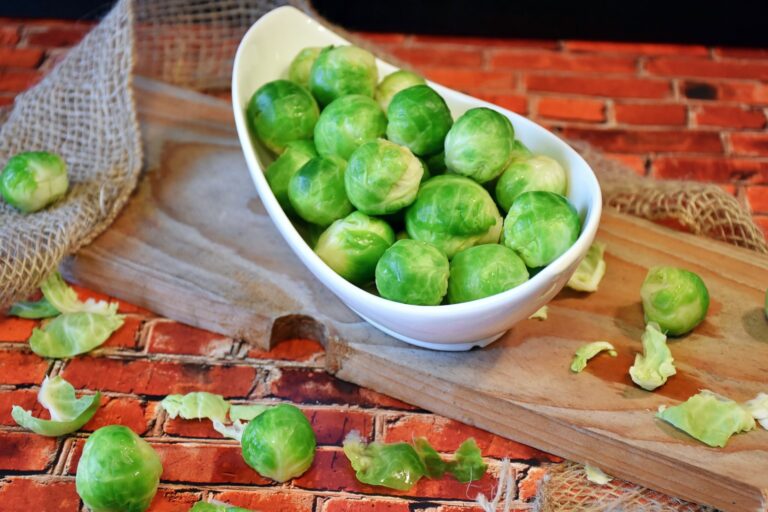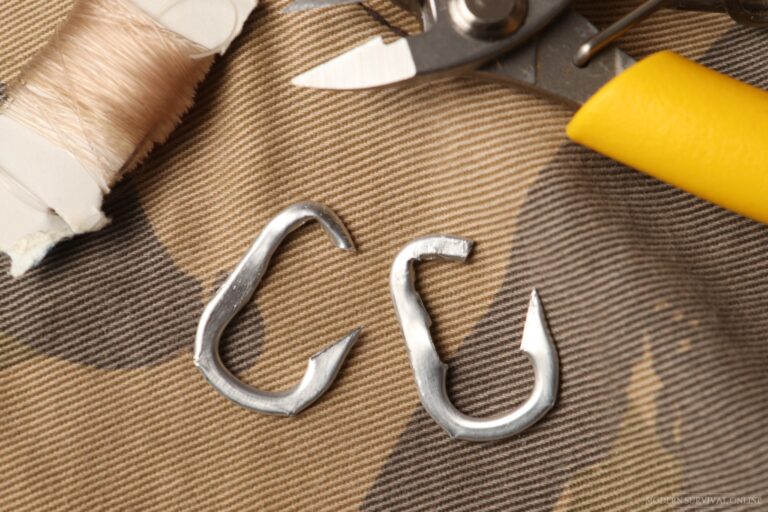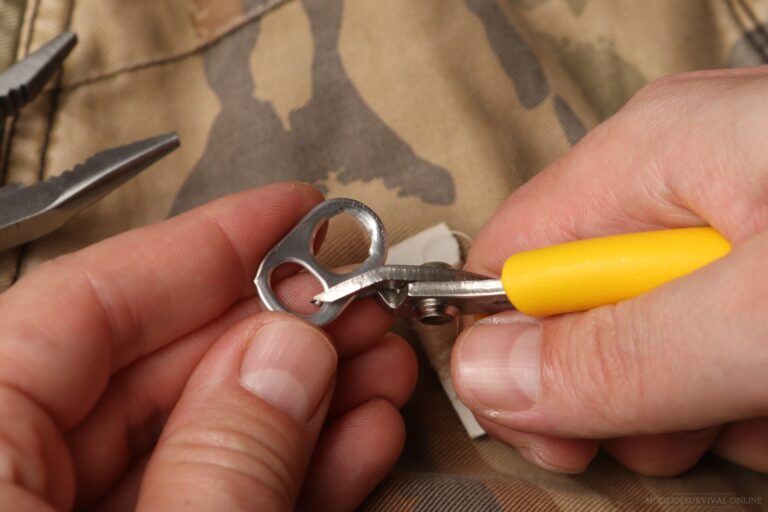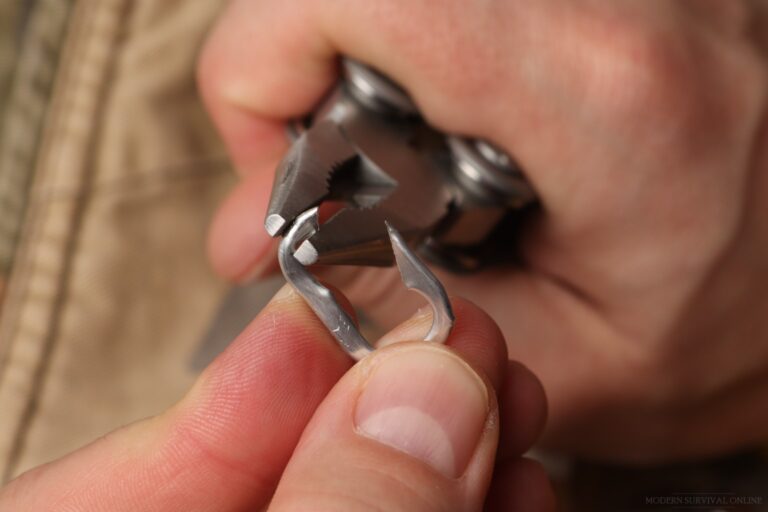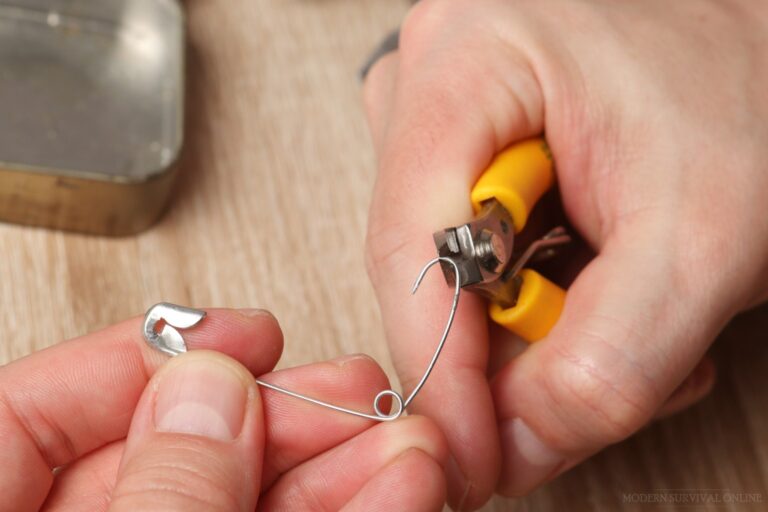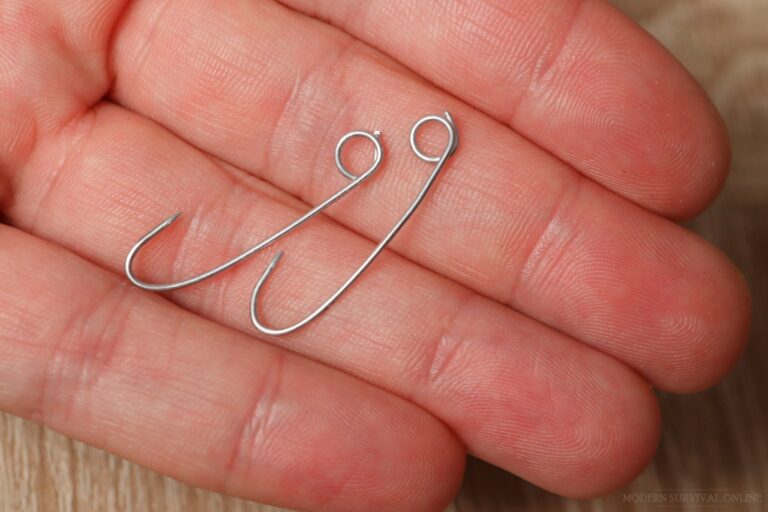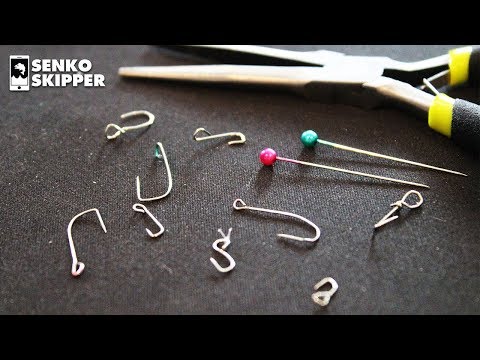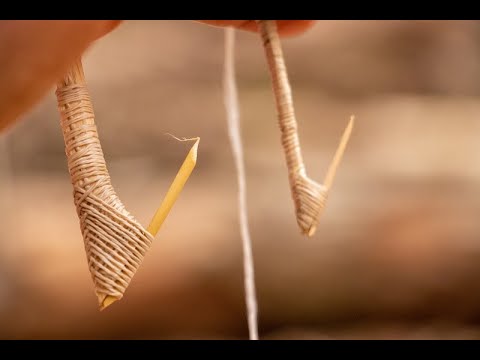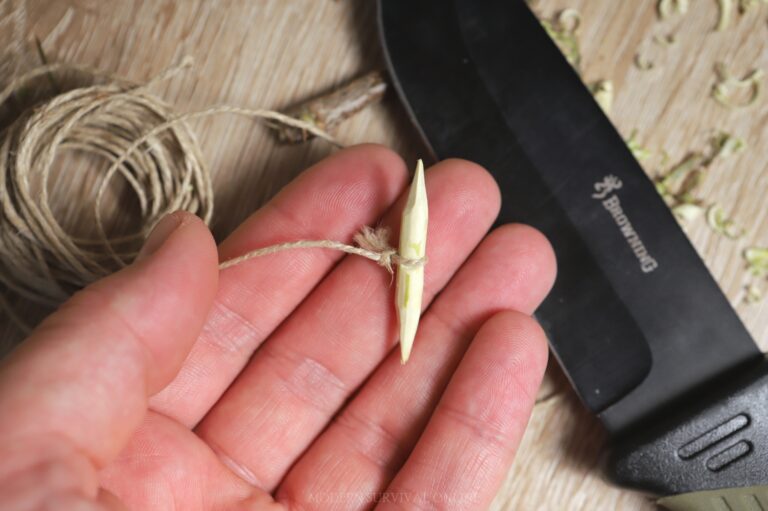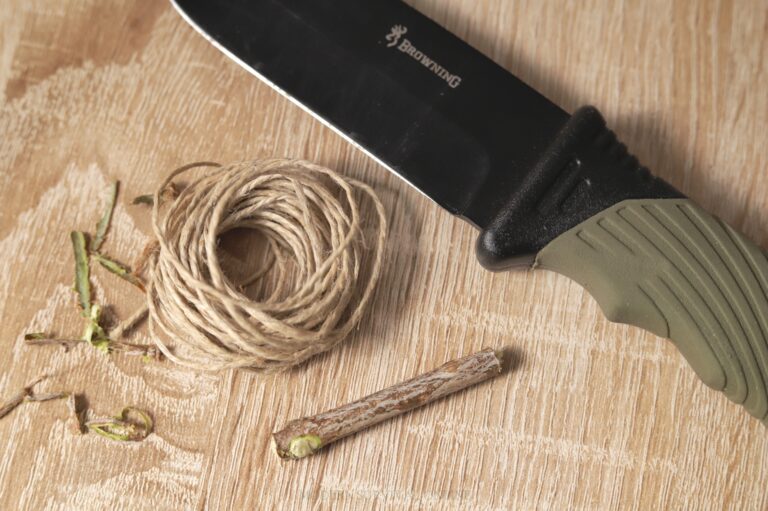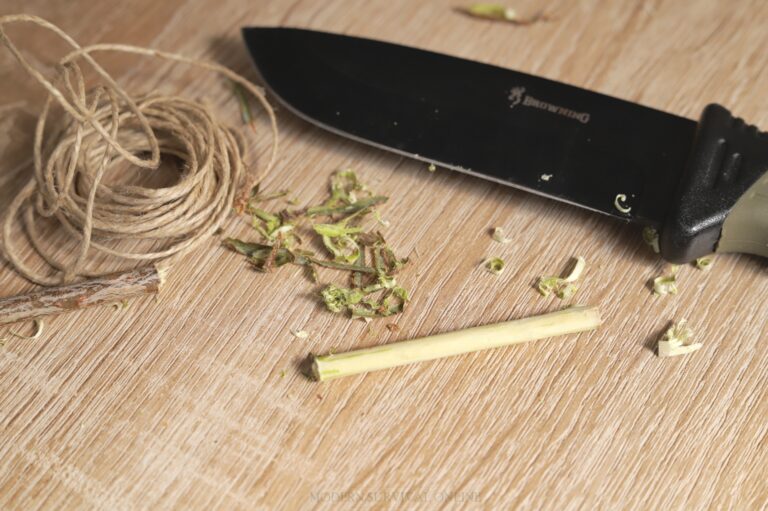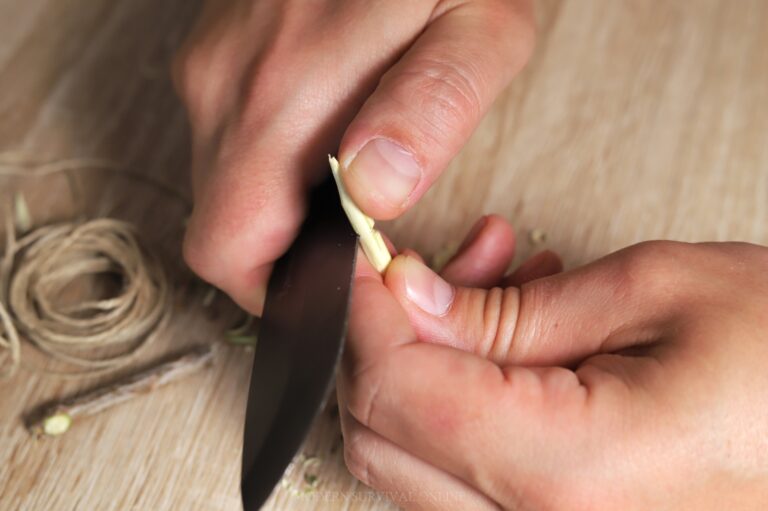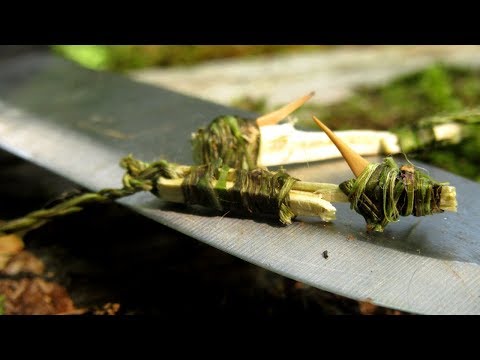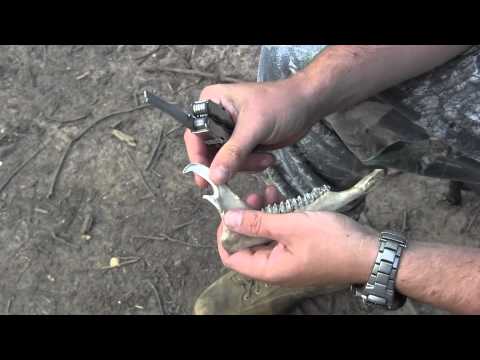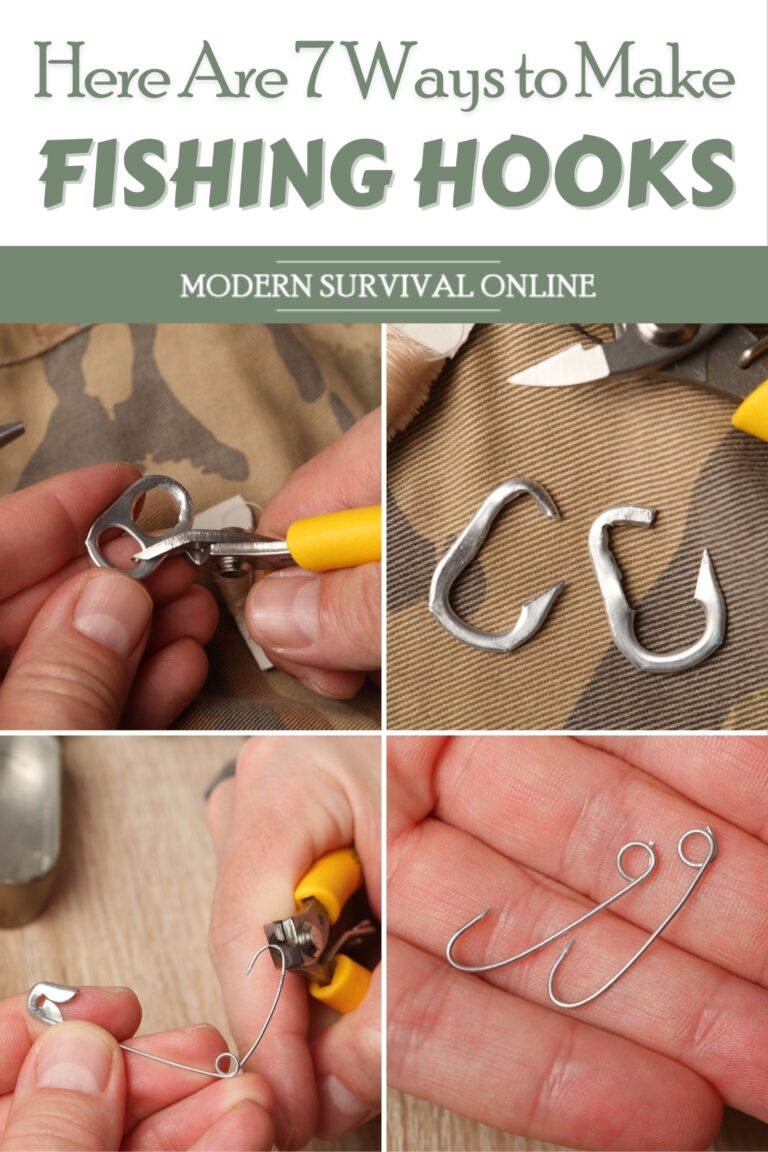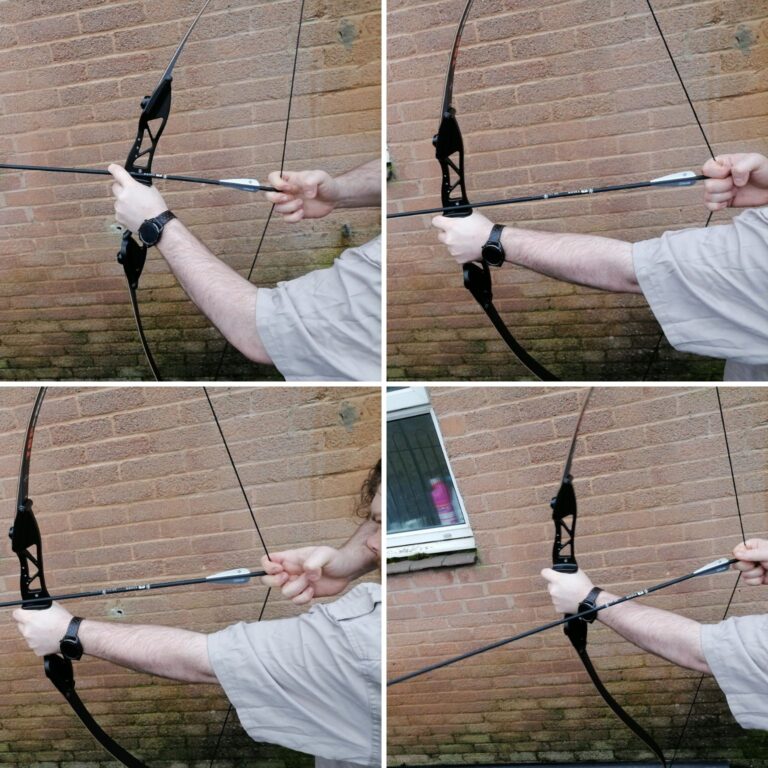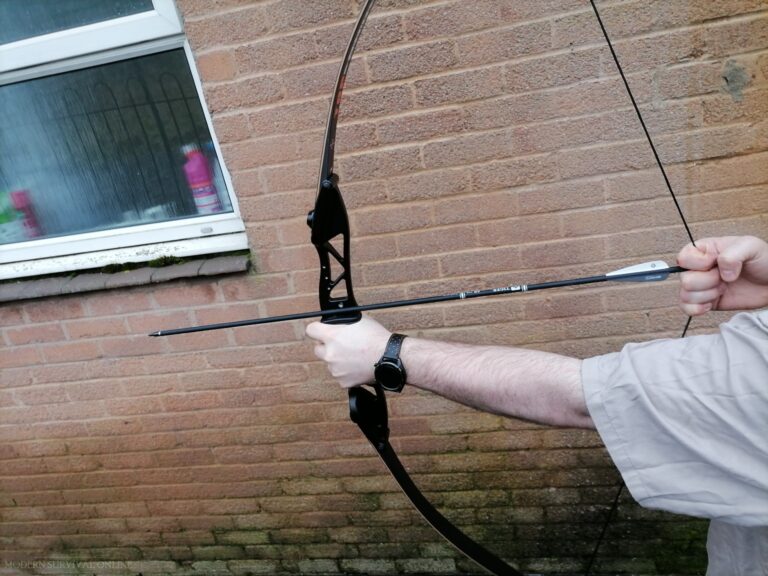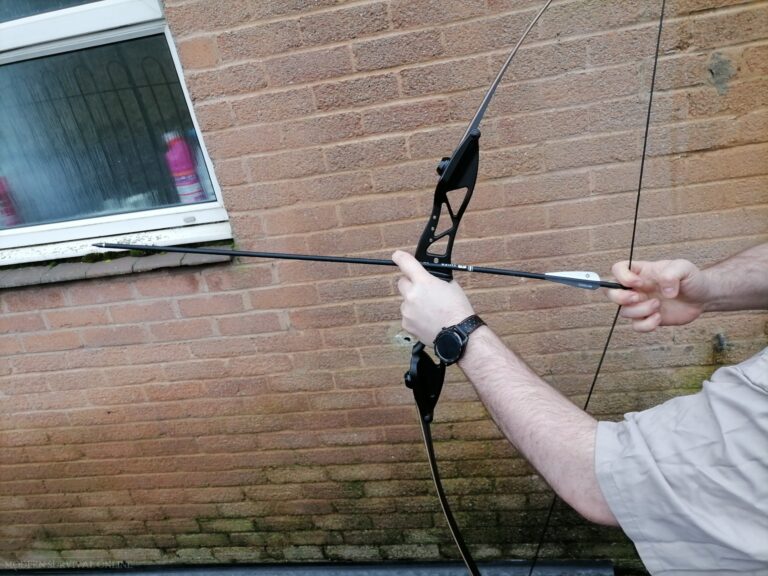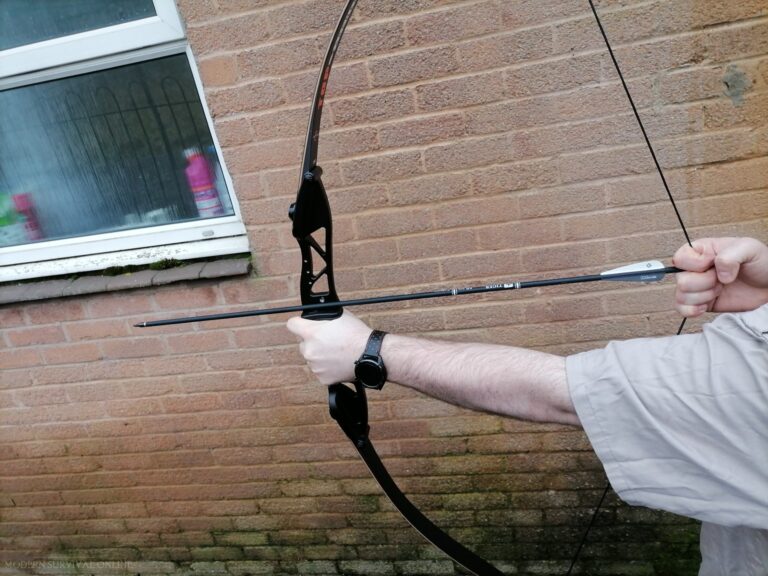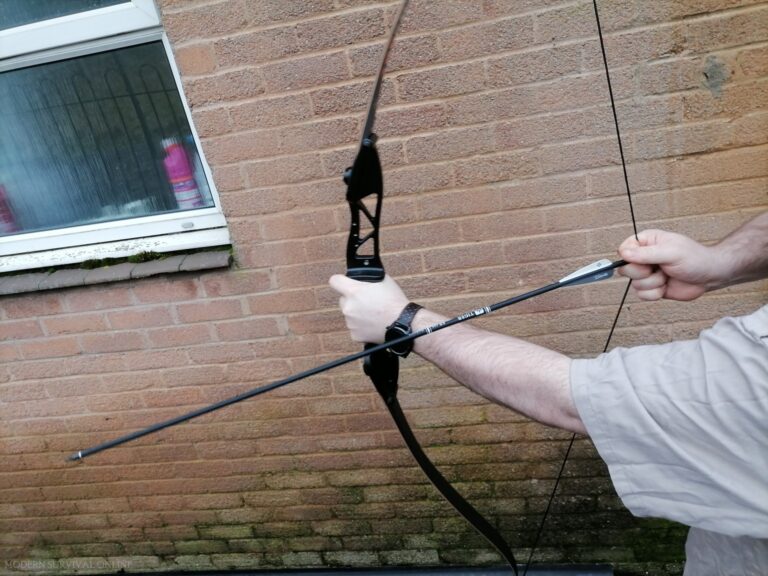When you’re in a real survival situation, your best-laid plans might come to nothing. You might run out of food, lose your food supply or just be forced to eat things that you wouldn’t normally eat. You might not even be able to cook your food!
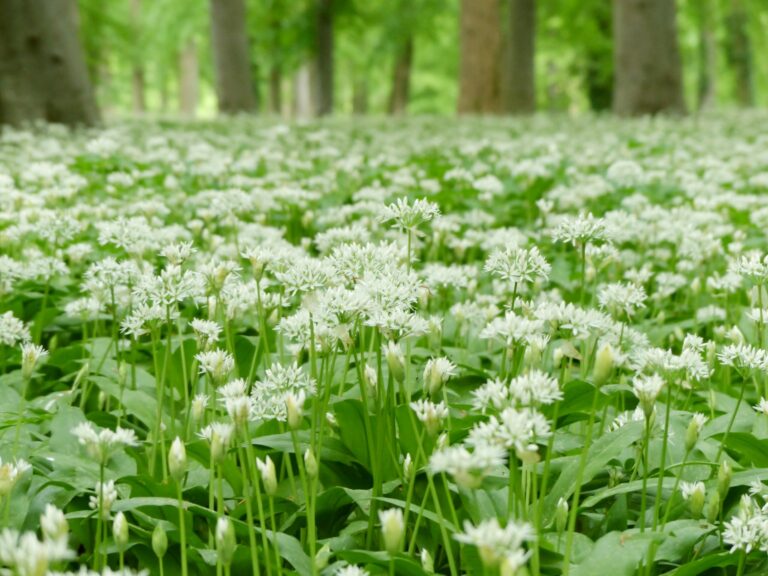
People can eat a lot of things raw, but not everything, and eating certain things raw or eating too much of them might cause new problems.
Let’s look at wild garlic, for instance. Can you safely eat raw wild garlic to survive?
Yes, wild garlic is safe to eat raw. Wild garlic is reasonably tasty, fairly nutritious and quite common in the wilderness. This makes it a valuable survival edible but you must take care to not confuse it with several toxic look-alikes.
Wild garlic is a well-known veggie among outdoorsmen, survivalists, and other folks that spend a lot of time in deep country, but it also has a dedicated following among urban and suburban gardeners who use it in the same way that you would grocery store garlic, but appreciate its milder flavor.
It definitely has a place in your survival food plan, but there’s a lot more you’ll need to know, especially as it concerns potentially deadly plants that look nearly identical. I’ll tell you everything you need to know down below.
Be Careful! Some Toxic Plants Look Similar to Wild Garlic!
We cannot go any further without talking about what is potentially the most serious issue concerning the consumption of raw, wild garlic.
There are several plants that happen to grow in places where wild garlic can be found around the world, and they have a tendency to closely resemble wild garlic at various stages of growth.
In the United States, the death camas is notorious for imitating wild onions and wild garlic, and is potentially fatal if ingested.
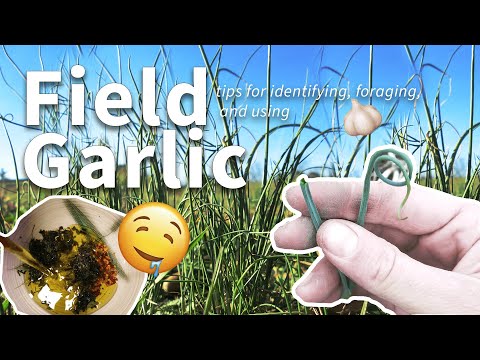
It’s particularly a threat to animals and livestock that are allowed to graze or that eat it along with other plant matter harvested from areas that contain wild garlic or the death camas.
Long the bane of livestock keepers, it has also injured and killed human beings who mistakenly harvest it.
It should go without saying that you should never, ever touch or eat any plant you have not positively identified as safe, and it is up to you to familiarize yourself with the sometimes subtle differences between wild garlic and its potentially deadly impostors.
If you’re really in a jam and have no choice, always apply the field edibility test prior to eating.
Does Wild Garlic Taste Like Grocery-store Garlic?
Generally yes, though it is typically far milder in flavor. It still tastes like garlic, don’t get me wrong, but it is nowhere near as pungent as the varieties you can buy in the grocery store.
In fact, wild garlic might have a decidedly more onion or chive-like flavor compared to the garlic you are used to.
It isn’t offensive and it can definitely improve the flavor of other foods if you’re trying to whip up a proper dish in austere conditions.
The good news is, because it is so much milder, it’s easier to eat wild garlic raw compared to the stuff you have on your spice rack at home!
Typical garlic is so pungent it is liable to make you sick if you eat very much of it raw…
Are Wild Garlic Leaves Safe to Eat?
Yes, they are. The delicate leaves of wild garlic are completely safe to eat raw, or cooked, and can be used in much the same way as other greens or salad veggies can.
Of greater importance is the fact that the leaves of wild garlic are also quite nutritious and you should definitely harvest them along with the bulb which is usually considered the prize.
Are Wild Garlic Flowers Safe to Eat?
Yes. The small, delicate flowers of wild garlic are rarely considered particularly beautiful compared to other wildflowers.
But, they’re totally edible and can be added to other greens to make a salad when you’re in a survival situation, and they also contain a few vitamins and minerals.
Are Wild Garlic Roots Safe to Eat?
Yes, indeed they are. The roots of the wild garlic plant are not particularly tasty raw or cooked, and they also don’t contain much in the way of nutrition but they are totally edible.
If food is reasonably abundant in the area, don’t hesitate to discard them but if you’re truly scratching and clawing for every, single stray calorie you can get your hands on then you can eat them along with the rest of the plant.
Can You Eat Cooked Wild Garlic to Survive?
You sure can. Cooking wild garlic is a great way to improve the flavor even further, though this comes at the cost of some vitamins and minerals that will be lost during the cooking process.
However, cooking will make what nutrients are in the garlic more accessible or bioavailable to your body, generally increasing the overall benefit.
Something else that you shouldn’t discount is the fact that cooking will serve to kill off any germs present on or in the garlic which could make you deathly ill if you eat the garlic raw.
The very last thing you need to deal with in the middle of an already dire situation is food poisoning, and some foodborne illnesses can prove to be fatal!
If you can, you should generally cook your wild garlic if you have the resources, time and opportunity to do so but you don’t need to be too afraid of eating it raw, either.
Wild Garlic Nutritional Info
Because it is not typically grown, harvested and sold commercially for human consumption there have not been too many comprehensive studies on the nutritional content of wild garlic compared to other common cultivars.
That being said, we know the overall nutritional values are pretty similar to its close cousin, wild onions, and also commercially cultivated garlic.
Wild garlic has a surprisingly good complement of vitamins and minerals alike.
Concerning the vitamins, most of the B-complex ones are here in abundance with thiamine, niacin, riboflavin, pantothenic acid, folate and B6 all being present along with lots of vitamin C, and some choline.
There’s a lot to like about the mineral content, too, with plenty of calcium and iron, phosphorus and manganese, zinc, potassium, and a somewhat lesser amount of magnesium. Wild garlic also has selenium…
Together, these vitamins and minerals will facilitate many vital processes throughout the body, everything from overall cellular health, organ function, oxygenation of the bloodstream, tissue repair and more.
But, because they’re comparatively so low in calories it’s pretty difficult to make a fortifying meal out of garlic alone, and as nutritious as it is, it’s nowhere close to nutritionally complete for humans.
That being said, it is undeniably valuable, and you should gather it and add it to your diet whenever possible during a survival situation.
Where Does Wild Garlic Grow?
Wild garlic can be found all around the globe, particularly in the northern hemisphere. Native to Europe, where it is found abundantly pretty much all over the place, it was brought to North America by settlers and has since been naturalized.
It is particularly abundant throughout New England and north of the Ohio River all the way to the Mississippi River and a little bit beyond, though it seems to have quite a foothold and the Cascadia region of the Northwest.
You can easily find wild garlic growing in its range anywhere you have moist conditions and partial shade, meaning it is especially common in forests, tree lines and other shady areas.
When conditions are ideal, it can quite literally outcompete all other vegetation growing close to the ground, and it isn’t out of the question that you might find a literal patch of wild garlic!
Any Health Issues to Worry About When Eating Wild Garlic?
There are a few health considerations on the consumption of wild garlic, and for some folks even a single bite might be problematic!
Wild garlic, like wild onions and all other allium genus plants has been known to cause allergic reactions in some sensitive individuals.
Depending on the individual in question, the symptoms could be tingling, numbness and mild discomfort all the way up to impaired breathing, swelling of the throat and airway, anaphylaxis and even death.
Obviously, this is no good, and doubly so if you’re already in the middle of a survival scenario!
The only way to know for sure if you are allergic to wild garlic is to either get tested at a doctor or to take the plunge and try it.
I believe it is in your best interest to know ahead of time one way or the other, but if you have a history of onion or garlic allergies, assume you’re already allergic.
Another consideration is one that wild garlic shares with all wild, forged foods and raw ones in particular.
Any raw food, including a vegetable like wild garlic, could harbor bacteria or viruses that can give you food poisoning or some other nasty foodborne illness.
Expect diarrhea, vomiting and nausea at the minimum which can again be devastating if you’re already sick, injured or fatigued. Even worse outcomes are not out of the question.
At the minimum, you should rinse any harvested wild garlic in fresh, clean water if you are able, and preferably cook it if that’s a possibility.
via Modern Survival Online https://ift.tt/oetmbg7

